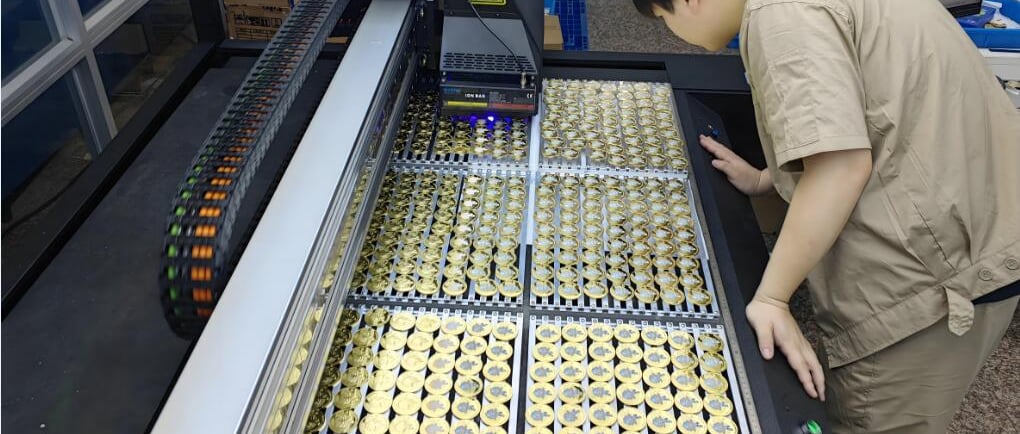Essential Criteria for Grading Enamel Pins
Discover the essential criteria for grading enamel pins in our comprehensive guide. Learn about grading tiers from A-grade to defective, ensuring transparency and fair pricing for both sellers and collectors.


Enamel pins—tiny, wearable works of art—are beloved by artists and collectors alike. As the market grows, standardized grading helps everyone buy, sell, and collect with confidence. Below is a refined, practical guide to the criteria, tiers, and process used to grade enamel pins, plus tips for sellers and collectors. (If you manufacture or order pins, services like CreatePins.com can help ensure your run meets the grade you expect.)
Why grading matters
A clear grading system matters because it:
Supports fair pricing — buyers pay according to condition and quality.
Builds collector confidence — transparent grades reduce uncertainty.
Protects seller reputation — accurate descriptions lower disputes and returns.
Grading criteria — what to inspect
When grading an enamel pin, inspect these core areas under good lighting (use a loupe or magnifier for small details):
Design & craftsmanship
Alignment: Artwork and metal lines should be positioned correctly with no obvious shifts.
Detail clarity: Fine lines, text, and small elements should be crisp, not blurred.
Enamel quality
Smoothness: Surfaces should be even and free of dips, bumps, or ridges.
Color integrity: Colors should match the design with no bleeding, streaking, or fading.
Metal finish & plating
Polish: Metal areas should be free of scratches, tarnish, or uneven buffing.
Plating consistency: Plating (gold, nickel, black, antique, etc.) should be even with no flaking or bare spots.
Backings & attachments
Post strength: Posts should be securely soldered or fastened.
Clasp function & safety: Fasteners must hold securely and not have dangerously sharp edges.
Overall condition
Visible defects: Watch for chips, air bubbles, foreign particles, or enamel cracks.
Packaging: Original backer cards and packaging in good condition increase value for collectors.
Grading tiers (common, easy-to-communicate labels)
Use a consistent grading scale when listing or selling pins:
A / Mint (Standard Grade) — Meets all criteria; any flaws are negligible and nearly imperceptible. Premium collector quality.
A- / Near Mint — Excellent overall with very minor, non-distracting imperfections.
B / Seconds — Noticeable but minor flaws (small scratches, tiny bubbles, slight color variance). Good for budget buyers.
C / Thirds — Clear manufacturing or cosmetic issues (misalignment, visible chips, larger scratches). Sold at a discount.
D / Defective — Major functional or aesthetic defects (broken post, missing enamel, severe plating failure). Usually not sold as collectible stock.
Practical grading process (step-by-step)
Initial inspection: Examine pins under bright, neutral light. Use a magnifier for detail areas.
Sort visually: Group pins by obvious defect type and severity.
Document: Photograph each pin (from front, back, close-ups of defects) and record a short note: grade, defect type, inspector initials, and date.
Sample check: For large batches, inspect a statistically valid sample and extrapolate results; flag entire batch if systemic issues appear.
Final review & labeling: Confirm grades, apply grading labels or batch reports, and separate pins for sale, discount, or rework.
Sample label format: Grade: A | Inspector: J. Lee | Date: 2025-09-09 | Notes: None
Tips for sellers & manufacturers
Pre-shipment QC: Perform a full inspection before shipping from the factory—catch problems early.
Clear QC standards: Share a checklist with your manufacturer so everyone understands acceptable tolerances.
Batch sampling: For large orders, inspect a representative sample (e.g., 5–10% or per contractual terms).
Photo records: Keep high-quality photos of inspected batches for dispute resolution.
Offer transparent policies: Clearly state grading, return, and refund policies to build trust.
If you're producing pins, CreatePins.com offers production support and quality-control options that can help you reach A-grade results faster—ask about pre-shipment inspections, packaging choices, and documentation.
Tips for collectors & buyers
Ask for high-res photos and close-ups of areas prone to defects (edges, posts, enamel surfaces).
Request grading documentation or batch reports when buying larger lots.
Verify plating and enamel finish in person if possible—photos can conceal subtle flaws.
Buy from reputable sellers who provide clear grades and return policies.
Quick printable grading checklist
Design aligned? ✓
Detail crisp? ✓
Enamel smooth, no bubbles? ✓
Color accurate? ✓
Plating even, no flake? ✓
Posts secure? ✓
Packaging present & intact? ✓
Grading enamel pins is both an art and a system—careful inspection, clear documentation, and consistent standards protect value and build trust across the market. Whether you're a maker preparing a production run or a collector evaluating a purchase, using the criteria and process above will make grading straightforward and defensible.
If you'd like help producing, inspecting, or preparing a grading report for a batch of pins, CreatePins.com can assist with manufacturing and pre-shipment quality control. Start a project or request a QC checklist at CreatePins.com.
